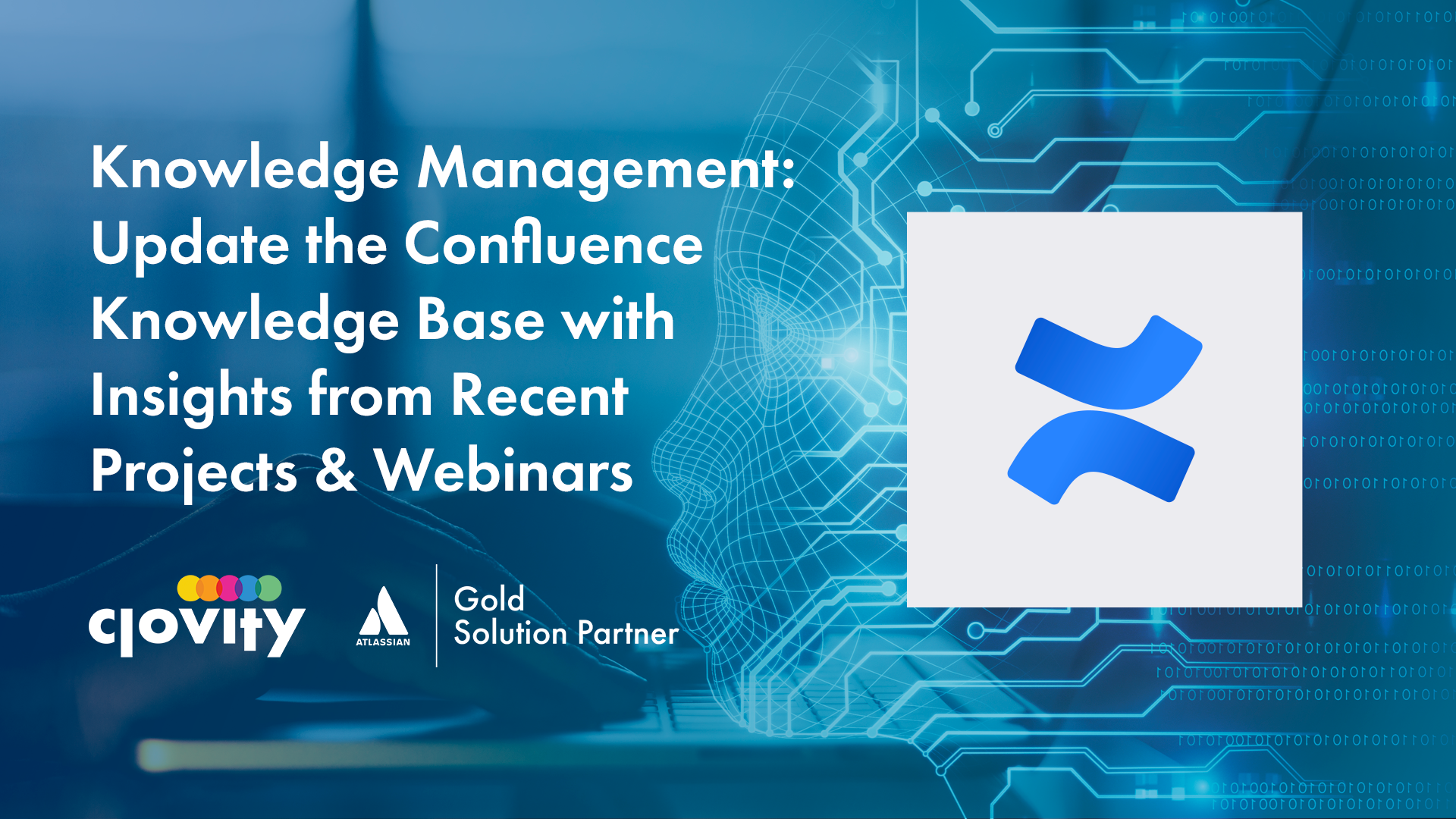In todayâs business landscape, maintaining an accurate and accessible knowledge base is crucial for any organization aiming to stay organized and efficient. A well-maintained knowledge base empowers teams to access information quickly, reduces repetitive questions, and keeps essential insights at everyone’s fingertips.
One of the most effective tools for managing knowledge within an organization is Atlassian Confluence. Confluence enables teams to store, organize, and share information seamlessly. However, simply creating a knowledge base isnât enough. Regular updates are necessary to ensure that the information remains current and valuable, especially when new projects and webinars provide valuable insights that can enhance organizational knowledge.
Why Update Your Knowledge Base?
The importance of keeping your Confluence knowledge base up to date cannot be overstated. As teams complete projects and participate in webinars, they acquire new skills and insights that can benefit the entire organization. Updating the knowledge base ensures that:
- Accurate Information: Old or outdated content is replaced with current practices and insights.
- Improved Efficiency: Teams save time searching for relevant and accurate information.
- Enhanced Collaboration: Everyone has access to the same updated information, fostering better collaboration.
- Reduced Redundancy: Knowledge from webinars and recent projects is captured in one central location, minimizing repetitive questions.
Best Practices for Updating Your Knowledge Base
Keeping your Confluence knowledge base current doesnât have to be daunting. Here are some practical tips to make the process efficient and effective:
1. Establish a Routine
Set a regular schedule for updating your knowledge base. This could be monthly, quarterly, or after the completion of major projects and webinars. Assign team members the responsibility of collecting and verifying new information.
2. Create a Template for Updates
Standardize the process by using templates. This will ensure consistency in how information is documented and presented. Include sections such as project overview, key insights, challenges encountered, and resolutions.
3. Review and Archive Outdated Content
Regularly audit existing content to identify outdated or redundant information. Archive old pages that are no longer relevant to keep the knowledge base organized and clutter-free.
4. Make Use of Labels and Tags
Effective labeling and tagging make it easier for users to find relevant information. Include tags related to project names, topics, and departments to simplify searchability.
5. Encourage Team Contributions
Empower team members to contribute their insights and experiences. This collaborative approach enriches the knowledge base with diverse perspectives and practical tips.
Integrating Insights from Projects and Webinars
One of the most valuable sources of knowledge within an organization comes from completed projects and conducted webinars. Hereâs how to make the most of these resources:
Project Insights
After completing a project, schedule a retrospective meeting to gather feedback from team members. Document key takeaways, lessons learned, and best practices. Make it a habit to update the knowledge base immediately following the meeting to capture fresh insights.
Webinar Takeaways
Webinars often introduce new strategies, tools, or techniques. Assign a participant to take detailed notes during the webinar and summarize the key points. Upload the summary to Confluence, including relevant slides or video links, so everyone can benefit from the learning.
Real-Life Example: Knowledge Update from a Successful Project
Recently, a team working on an IT infrastructure upgrade documented their experience on Confluence. The entry included key challenges faced during the project, solutions that worked, and helpful tips for similar future projects. This update not only benefited other IT teams but also served as a reference point for future upgrades, significantly reducing time spent on similar challenges.
Tips for Maximizing Knowledge Sharing
- Conduct Regular Knowledge Sharing Sessions: Host monthly or quarterly meetings where teams present their latest projects and share insights.
- Leverage Multimedia: Incorporate videos, images, and charts to make knowledge articles more engaging and informative.
- Feedback Loop: Encourage users to comment on knowledge base articles, providing suggestions or updates to improve accuracy.
Conclusion
Keeping your Confluence knowledge base updated with insights from recent projects and webinars ensures that your team has access to relevant and accurate information. Establishing a routine for updates and encouraging team contributions will help maintain a robust and effective knowledge base.
đ§ Contact us at sales@clovity.com or visit đ atlassian.clovity.com to get started today.


